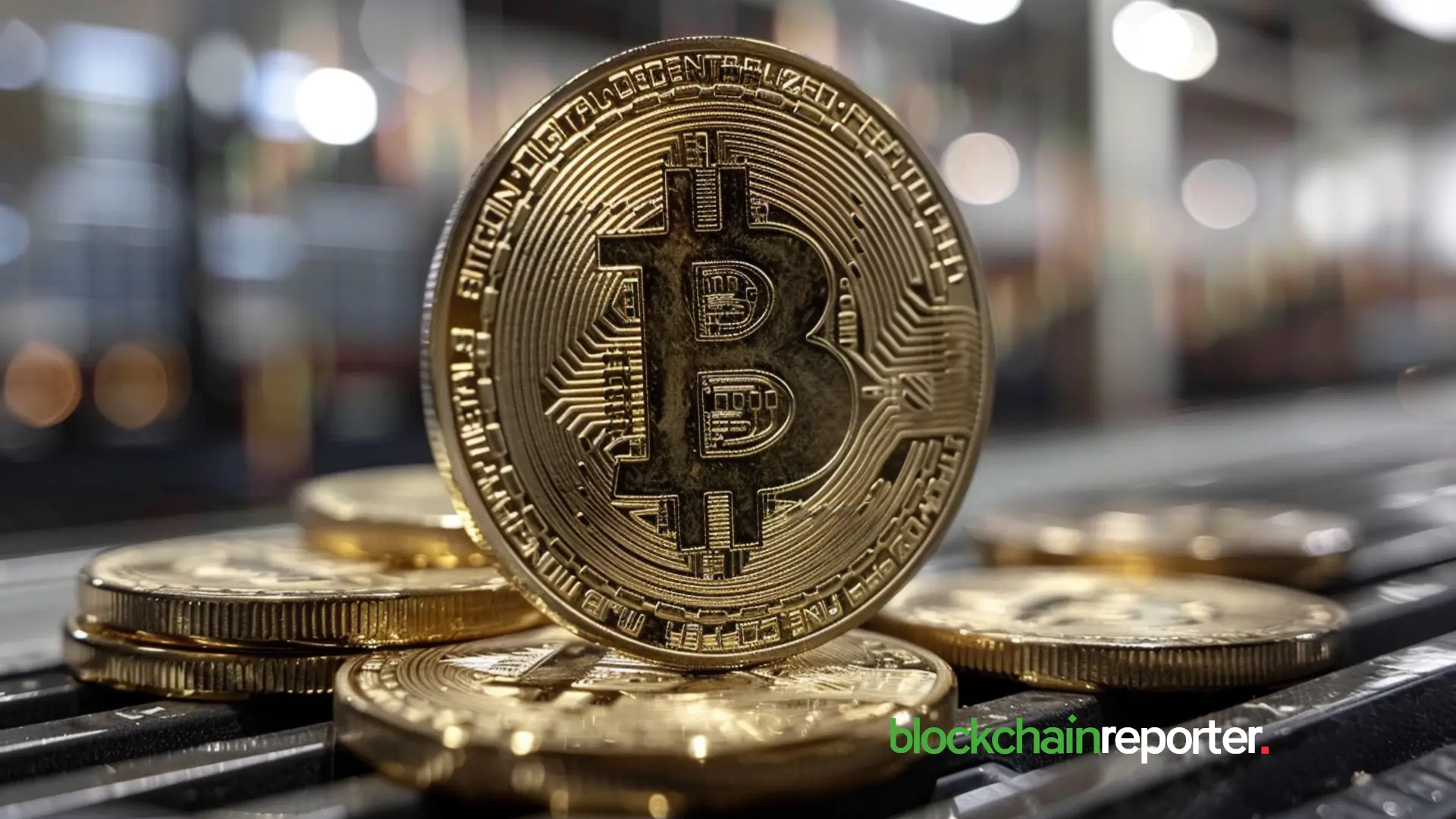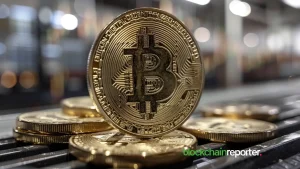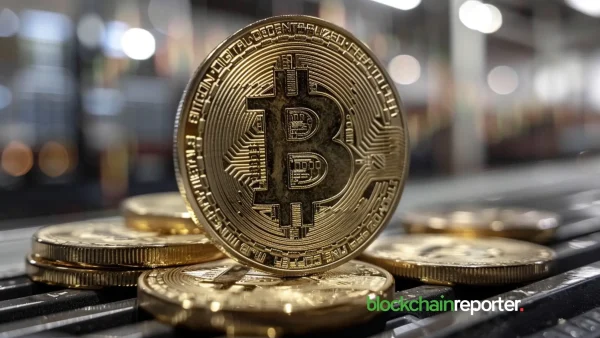
Glassnode, an on-chain analytic platform, has analyzed Bitcoin cohorts in the case of distribution and accumulation during 2022. As per the data provided by Glassnode, the exchange outflows, miners, and whales were the chief distribution sources in the previous year. The annual absorption rates are categorized as a relevant indicator. Annual absorption rates measure the annual balance changes of Bitcoin in diverse cohorts in the industry and liken them to the sum of tokens released during this time.
Shrimps Absorbed 107% BTC, Crabs Absorbed 120% BTC, and Whales Absorbed 60% BTC in 2022
The “coins issued” denote the cumulative amount received by Bitcoin miners as block rewards in return for a block’s mining. The cohorts considered by Glassnode are the investors that hold less than 1 Bitcoin (shrimps), those holding from one to 10 Bitcoin (crabs), and those who have above 1,000 Bitcoin (whales) as well as miners. The company has additionally incorporated data related to the cumulative tokens extracted from the wallets existing on centralized exchanges.
Initially, a chart showed that several investor teams were absorbing an optimistic sum of annual coin issuance. The graph indicates that the shrimps’ annual absorption rate of Bitcoin is 107% at present. This indicates that this group of investors incorporated 107% of the cumulative tokens which were released on the network in 2022. The crabs were having even high value at nearly 120%. This investor group has gone through very swift growth in the recent few months.
Bitcoin Price Enters Green Zone for Another Time
It appears that 60% is the whales’ absorption rate. The exchange outflows were at a negative 178% spot. These companies observed huge withdrawals during the previous year due to the FTX crash. Bitcoin’s price is presently standing at $23,064.21 at present. The primary crypto token has heightened during the previous week.








